Call Us Today! 612-722-1448

What Every Homeowner Needs to Know About Moss on the Roof
Although some people consider a mossy roof attractive, the moss can actually lead to issues with your roof. Moss doesn’t have roots in the traditional sense, but it still can carpet a roof and cause ongoing damage to shingles and roof underlayment. It’s not necessarily the growth habit of moss that damages your roof, but the conditions that the moss creates.
Read on to see the concerns moss creates and how you can prevent it.
Concerns
The roof concerns with moss aren’t just limited to the plants themselves, but also with the environmental factors that lead to the moss growth in the first place.
Moisture Retention
Moss holds a lot of moisture, with some varieties able to hold 20 to 30 times their weight in water. The combination of wet moss beneath heavy snow could exceed the snow load rating for your roof. Further, all that trapped moisture against the roofing materials can lead to rot and material degradation over time.
Shingle Damage
Shingle damage can occur both from the trapped moisture and from the moss spreading beneath the shingle. Moss growing at the edge of a shingle may eventually work its way beneath, causing the shingle to lift. Moisture then seeps under this lifted shingle, resulting in a leak. Lifted shingles may not be obvious if they are hidden beneath a thick layer of moss.
Environmental Hazards
The conditions that lead to moss growth may also pose a danger to your roof. Trees above the house, which can create a protected and shaded roof, are often the culprit. Unfortunately, overhanging branches don’t just lead to moss growth — the branches are also more likely to scrape on the roof or break off in a storm, which can result in even more roof damage.
Prevention and Repair
The key to moss damage avoidance is a combination of removal of the existing moss, repair of any damage, and then the prevention of future moss growth.
Light Exposure
Moss tends to grow in shaded conditions, so it is more common on northern exposures or under heavy tree cover. Trim back trees or at least thin out the canopy to allow more light to reach your roof, and the moss problem may just solve itself.
Removal Techniques
You can remove the moss with a combination of rinsing and a moss killer. The washing removes the heavy blanket of moss, while the moss killer destroys the viability of the spores so that the moss won’t grow back. Keep in mind, moss treatment is not a one-and-done procedure as new spores are constantly blowing onto your roof. You may need to plan for annual treatment if your property is heavily shaded.
Roof washing is best left to professionals since too much pressure behind the water can lead to shingle damage.
Gutter Maintenance
Sometimes, increased moss growth is a result of clogged, overflowing, or poorly aligned gutters that are resulting in more moisture retention on the roof. When moisture can’t drain properly from the roof, it may become trapped. Moss growth that is especially heavy near the eaves of the roof could indicate gutter issues that need to be addressed.
Roof Improvements
Zinc strips on the roof can prevent future moss growth. When it rains, the zinc leaches out of the strips and coats the roof, killing moss and its spores. A roofer will install the strips near the peak of the roof so that the leaching zinc from a single strip can make its way from the peak to the eaves. The strips aren’t obvious on the roof, so they do not detract from the appearance of your home.
If you suspect that moss has damaged your roof or if you need to upgrade your roof to prevent future moss growth, contact D.S. Bahr Construction, Inc.
The post What Every Homeowner Needs to Know About Moss on the Roof appeared first on D.S. Bahr Constraction, Inc.

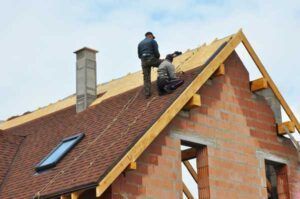
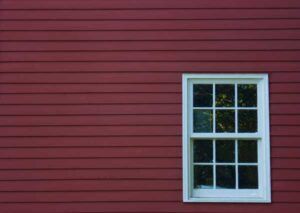


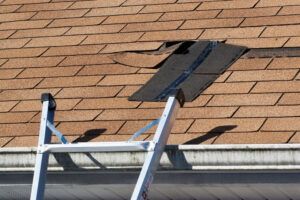
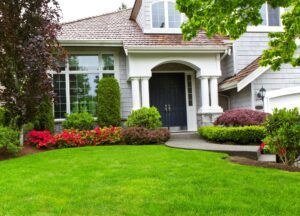
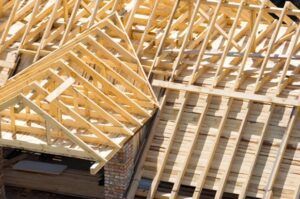
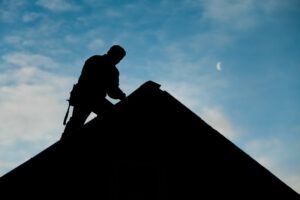
Contact Information
Phone: 612-722-1448
Cell: 612-221-1008
Email: dsbahr@citlink.net
Address:
460 Hoover Street NE Minneapolis, MN 55413
9771 312th Street Way Cannon Falls, MN 55009
Business Hours
Mon - Fri: 7 AM–7 PM
Sat: 8 AM–3 PM
Sun: Closed
Review Us On Google
Request an Estimate
Contact Us
We will get back to you as soon as possible.
Please try again later.



